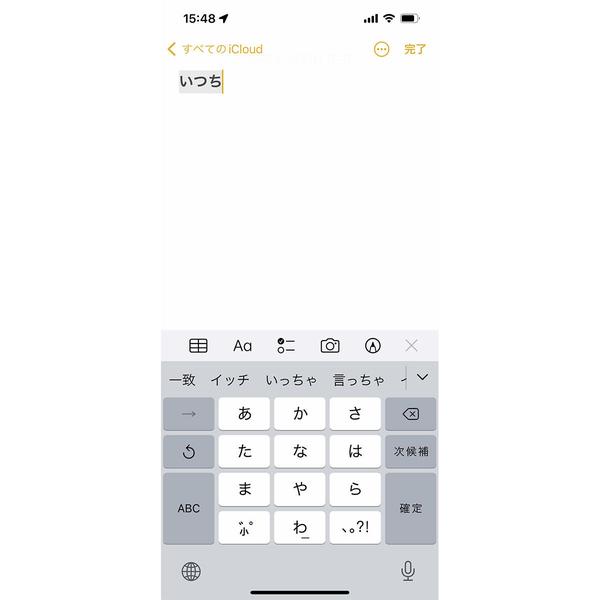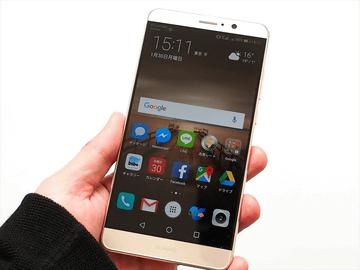Can't you enter a small "tsu" easily on the kana keyboard? --Because I can't hear it now, why is it an iPhone?
- 1315
- 98
Can't you enter a small "tsu" easily on the kana keyboard? --Because I can't hear it now, why is it an iPhone?
- By huawei-accessories.com
- 27/08/2022
When using the "Japanese-Kana" keyboard, it takes time to enter a stimulus such as "tsu".Tap the "small" key after entering the large "tsu" is very troublesome.In that regard, in Roman character input, "Pop" should be input to the first consonant of the next syllable twice, like "Poppu", so it is easy.

Still, if you are used to flick input and want to use a keyboard, forget about the promotion sound.The iPhone's Japanese-Kana keyboard has a function that indicates accurate conversion candidates without entering the promotion sound.
For example, when entering "match".If it is an orthodox input method, enter hiragana in the order of "I" → "tsu" → "small" → "chi", but in Japanese-Kana keyboard, it guesss the part of the promotion to some extent, so """ → "Tsu" → "Chi" is fine."A match" should be displayed as a conversion candidate without changing "tsu" to a promotion sound.Therefore, "school" is "gatsuko", and "husband" is Otsuto.
This is not the case with Roman characters.The part that should be a promoting sound does not display the appropriate conversion candidate unless it is a promoting sound, so you have to enter "ICCHI", "school", "gakkou", and "husband" for "OTTO".not.
In addition, it is not perfect even if it is a smart Japanese-kana keyboard.Even if you guess the promotion sound, it is not always displayed in the first candidate (the left edge that is the easiest to enter), and may have to scroll the conversion candidate.





![[VLOG interlocking report] Try the combination of Manfrotto's Nitro Tech 608 and iFootage's TC6 [VLOG interlocking report] Try the combination of Manfrotto's Nitro Tech 608 and iFootage's TC6](https://website-google-hk.oss-cn-hongkong.aliyuncs.com/drawing/article_results_9/2022/3/25/278166fcc7181b73dd99af1b87fd6482_0.jpeg)









